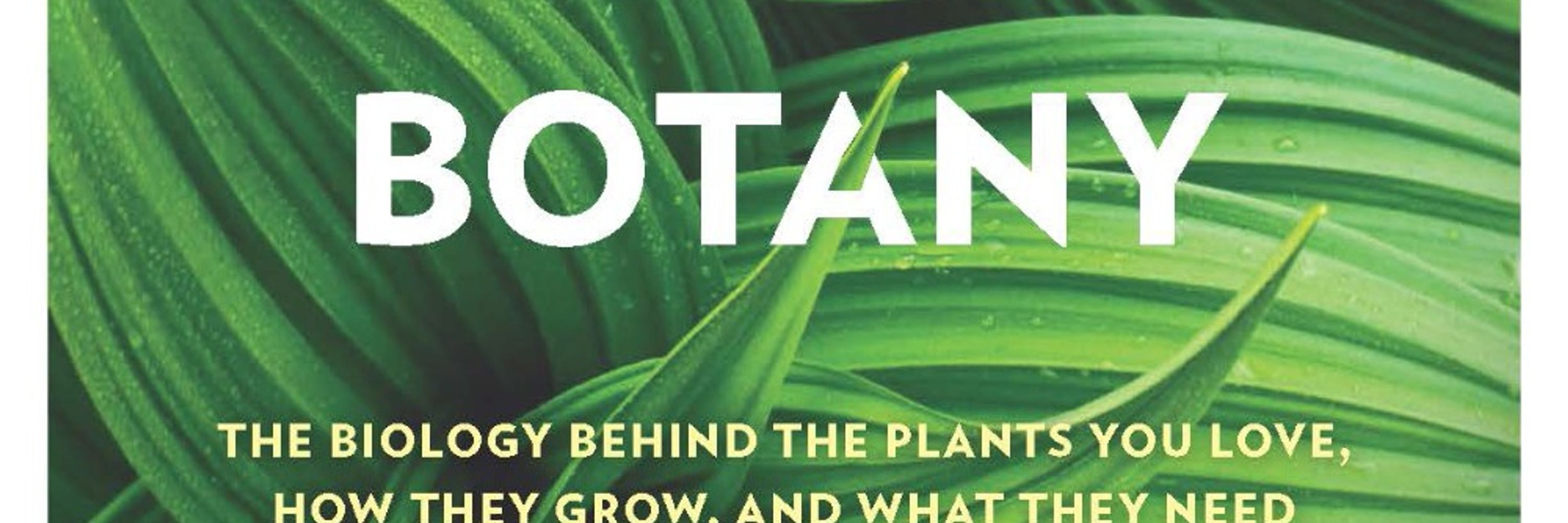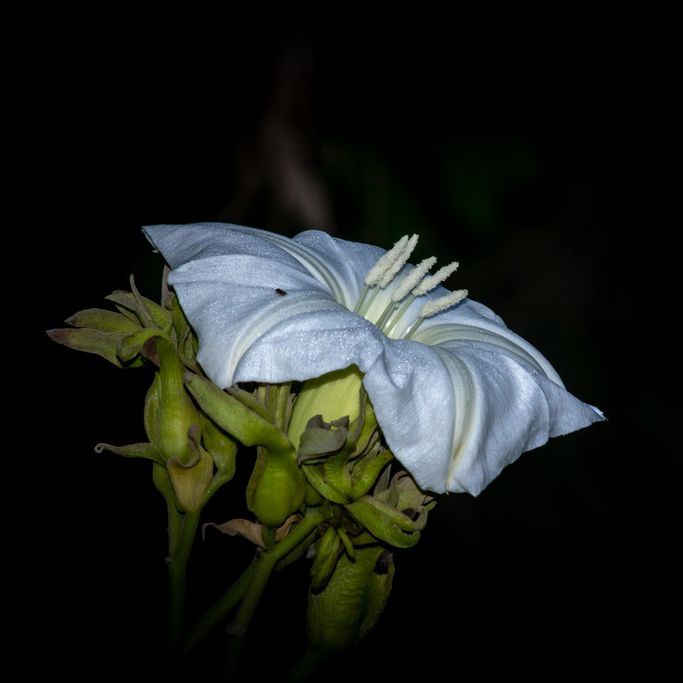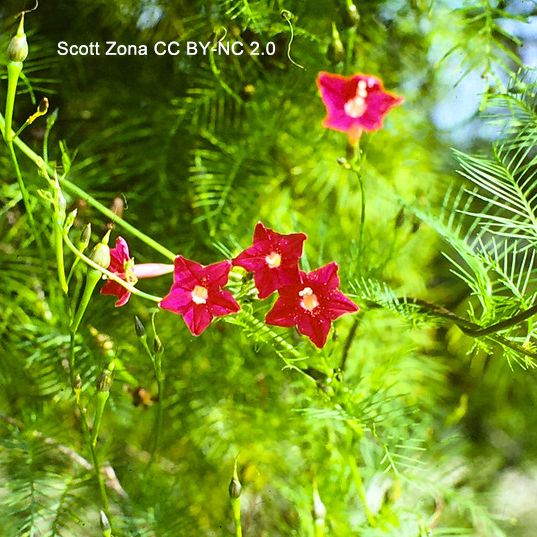🌴 Scott Zona, Ph.D. 🌴
@scottzona.bsky.social
4.5K followers
380 following
1.7K posts
Personal account. Botanist. #TropicalBotany. 🌴 Author of "A Gardener's Guide to Botany.” 🐶 Henry's 2nd favorite dad. IG: Scott.Zona. Posting from North Carolina, USA. Trapped in Trumpistan. #IamaBotanist
Posts
Media
Videos
Starter Packs
Pinned
Reposted by 🌴 Scott Zona, Ph.D. 🌴



















